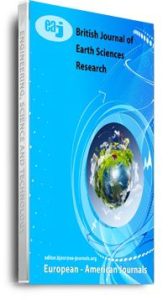As physical flood vulnerability continues to increase in urbanized floodplain areas; understanding and improving household adaptation is an important step towards disaster risk reduction. The study provides an assessment of household adaptation using the resilience model to identify pre-disaster preparedness, household coping capacity, and intervention received during and in post-severe flooding scenarios within communities located in the urbanized floodplain areas of Kosofe. Lagos, Nigeria. Kosofe is the most vulnerable residential area out of the 20 local government areas in Africa’s most populated city, based on flood vulnerability map of the entire city. The study is based on a positivists’ philosophical paradigm, using the deductive approach to gain understanding of resilience model and then tested through a cross-sectional survey involving 324 household heads/representatives in the study area, to contextualize the model in terms of its application in assessing household adaptation. Findings indicate that there is little practice of flood preparedness measures despite high levels of flood risk awareness learnt from previous flood experiences within the area. Similarly, households within the study area rarely use building-based adaptation strategies in coping during severe flooding. Also, government support are very minimal as the most common interventions received by household during and after severe flooding are prayers, savings/thrift contribution, and support from friends and families. The implication of this finding is that by encouraging investments in pre-disaster preparations, deploying adaptive building-based flood disaster risk reduction strategies in new and existing houses, and improving government involvement and support in marginalized urbanized floodplain areas; vulnerable households are better positioned to deal with, cope with and recover from future flood risks.
Keywords: Flooding, Resilience, coping capacity, household adaptation, post-disaster, pre-disaster

